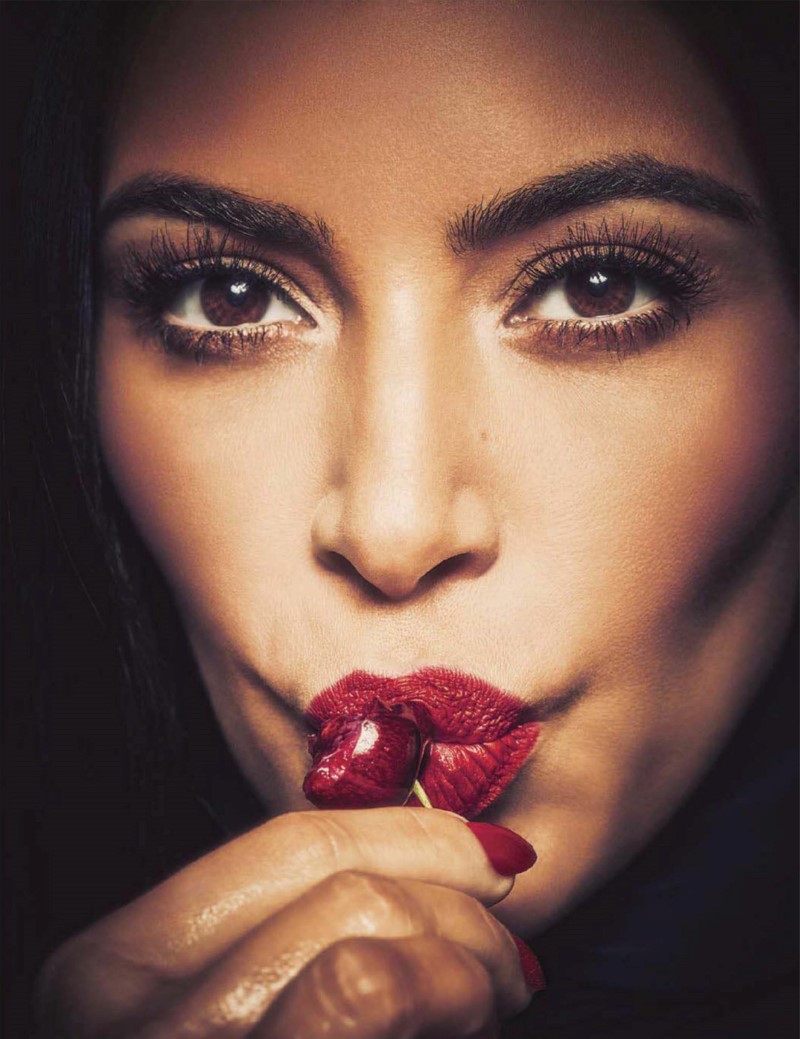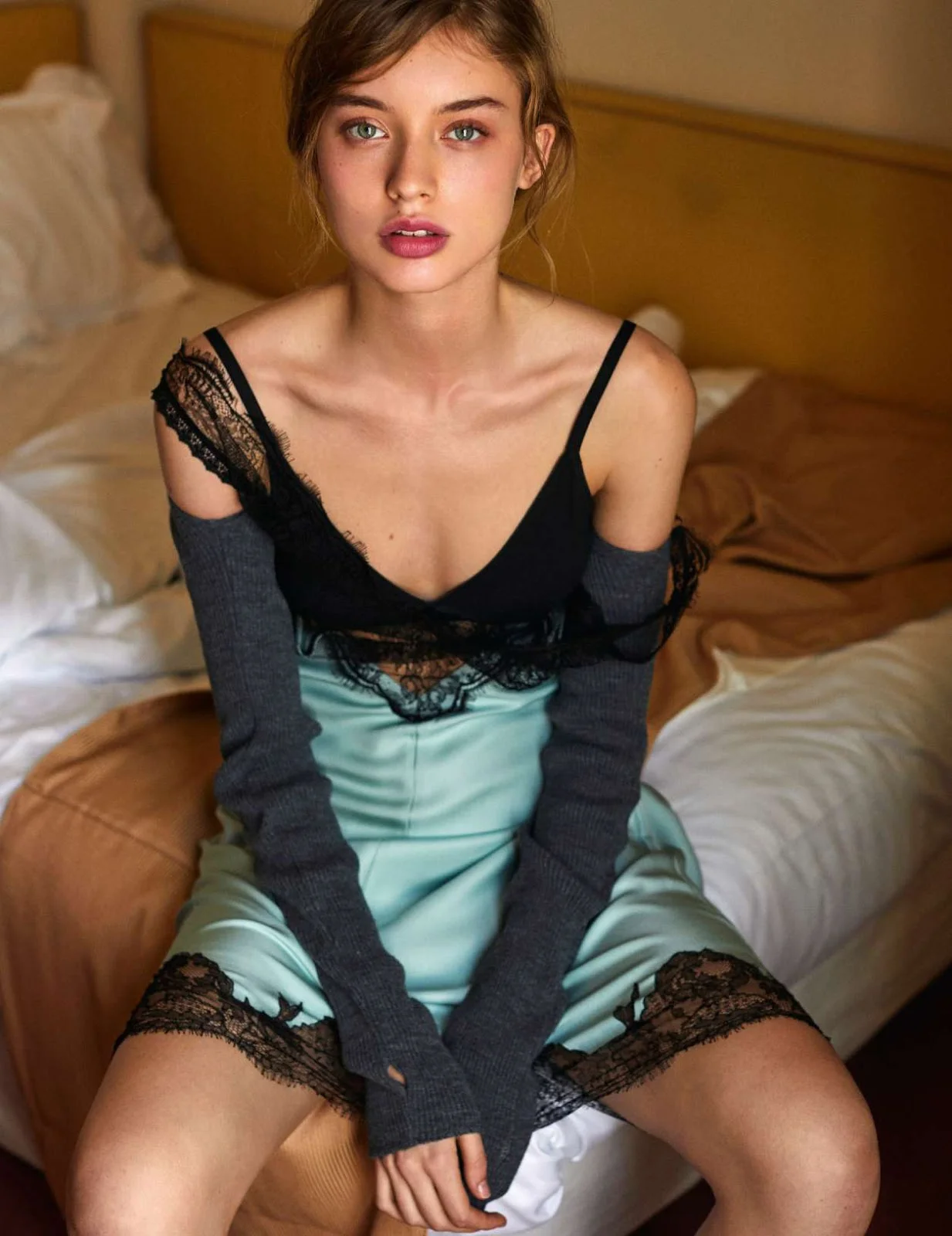A quick search on the history of plaid brings us to this PS Magazine article, deeply rooted in British history and especially Scotland. One look at the styling in this high-impact image of Burberry's iconic plaid featured now at Interview Magazine online takes us to a more familiar story, a GlamTribale journey older than Scotland, one that begins in Africa. Models Elizabeth Ayodele, Sarah Abney and Ana Pau signal "a revival of '90s cool ~ with a colorful, ultra-modern twist."
Progress! We move on to CIAD, the Costume Institute of the African Diaspora, with a UK web addy. CIAD's mission "is to be the main port of call for information regarding costumes, fashion history, textiles and textiles construction from around the African Diaspora and in so doing create a bridge between cultural organisations worldwide."
There's nothing more important to GlamTribal than the stories of human history and humanity's deep connections to Africa. It makes no sense to me that the British Empire invented plaids. The true story must lie in the reality of the African Diaspora, and further investigation is required.
One of our featherweight GlamTribal decoupage beads uses an African tile pattern. Both necklace and earring sets shown here also feature woolly mammoth decoupage beads and woolly mammoth bone beads 10,000-100,000 years old. Like the so-called Scottish plaid found on a long-buried, 3.000 year-old Caucasian Cherchen Man in China in 1978, these woolly mammoth bone beads are most-likely from Siberia. Both discoveries are a long way from the African continent; yet scientists believe they have deep roots in Africa.









